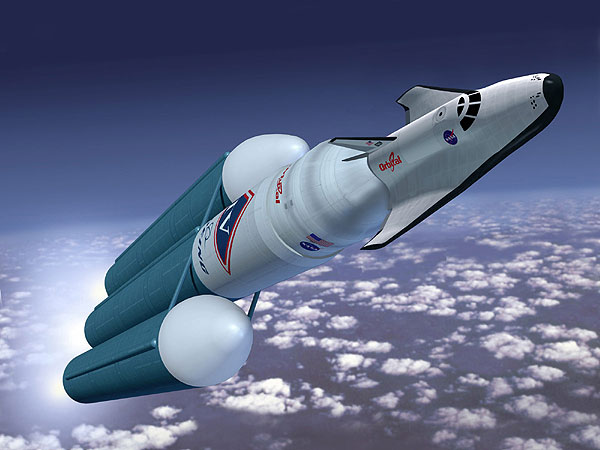First up to bat: Virgin Galactic
making 2 bids teamed with -
a. Orbital Sciences for a 4 passenger remotely piloted lifting body spaceplane, to be launched on either an Atlas V or Delta IV Heavy booster (Delta IV Heavy shown below)
b. Sierra Nevada for a 6 passenger piloted Dream Chaser spaceplane, to be launched on an Atlas V booster
Both Orbital and Sierra Nevada have tons of experience with both NASA and military aerospace projects.
That they didn't go with SS2 partner Scaled Composites is probably because Scaled has no orbital experience, and it's been rumored for a while that Scaled wants a capsule for SS3. Scaled's options would include SpaceX's Dragon (duh!), Boeing/Bigelow's CST-100 or Blue Origin's New Shepard.
VG/Orbital

VG/Dream Chaser

making 2 bids teamed with -
a. Orbital Sciences for a 4 passenger remotely piloted lifting body spaceplane, to be launched on either an Atlas V or Delta IV Heavy booster (Delta IV Heavy shown below)
b. Sierra Nevada for a 6 passenger piloted Dream Chaser spaceplane, to be launched on an Atlas V booster
Both Orbital and Sierra Nevada have tons of experience with both NASA and military aerospace projects.
That they didn't go with SS2 partner Scaled Composites is probably because Scaled has no orbital experience, and it's been rumored for a while that Scaled wants a capsule for SS3. Scaled's options would include SpaceX's Dragon (duh!), Boeing/Bigelow's CST-100 or Blue Origin's New Shepard.
VG/Orbital

VG/Dream Chaser






Comment